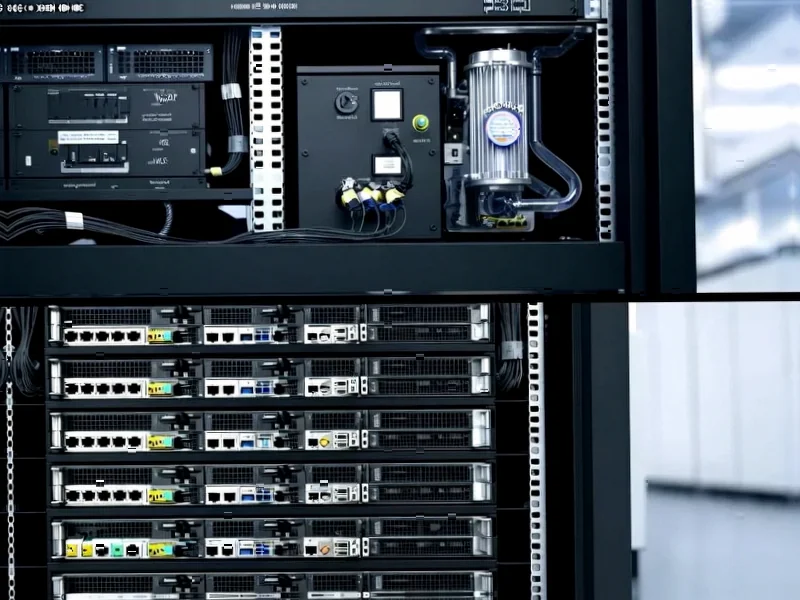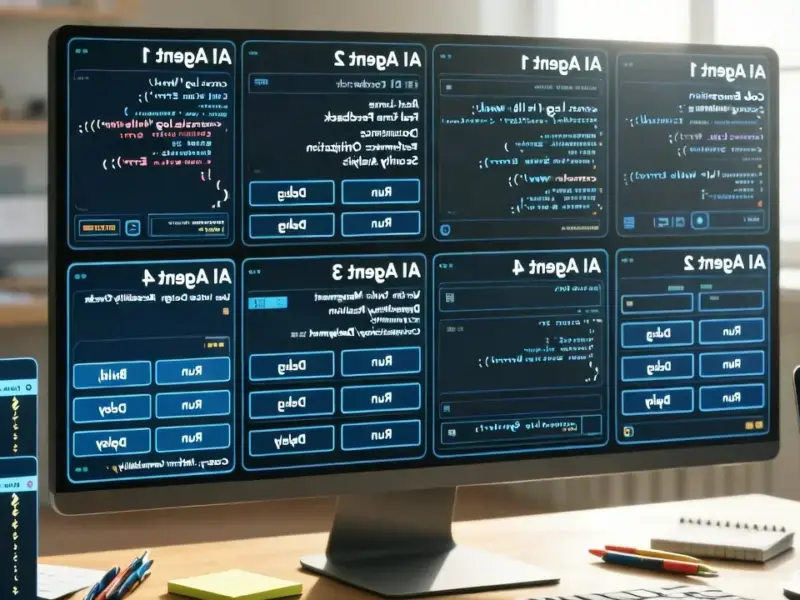According to DCD, Carrier Global Corporation just launched a new lineup of cooling distribution units specifically for data center liquid cooling. The company announced the QuantumLeap-branded CDUs this week, with units scaling from 1.3 to 5MW capacity. These can be deployed in-row or in mechanical galleries and feature modular heat exchangers that achieve approach temperatures down to 3.6°F, significantly lower than the industry’s typical 7.2°F. The CDUs integrate with Carrier’s broader ecosystem including Automated Logic controls, Nlyte DCIM software, and their chiller systems. Executive director Christian Senu emphasized the “chip to chiller” thermal management capability, while the company continues expanding its data center offerings after launching QuantumLeap earlier this year.
<h2 id="carrier-cooling-move”>The HVAC giant’s data center pivot
Here’s the thing – Carrier isn’t exactly new to cooling, but data center liquid cooling represents a pretty significant pivot for a company that made its name in building HVAC. They’ve been on an acquisition spree lately, grabbing Nlyte in 2021 for DCIM capabilities and Viessmann’s HVAC division last year. Plus they’ve been making strategic investments in liquid cooling specialists like Strategic Thermal Labs and ZutaCore. It’s clear they’re building an entire ecosystem rather than just selling standalone cooling units.
The real test: making it all work together
Now, the big question is whether all these acquired pieces will actually play nicely together. Carrier’s pitching this “end-to-end thermal management from chip to chiller” vision, but anyone who’s worked with merged technology stacks knows integration is where the magic either happens or dies. They’re promising intelligent cooling, digital controls, and predictive monitoring – basically the whole modern data center buzzword bingo card. But can a company that’s been focused on building HVAC for over a century really compete with specialists who’ve been doing nothing but data center cooling for decades?
Why liquid cooling matters now
The timing here isn’t accidental. With AI workloads pushing power densities through the roof, air cooling just doesn’t cut it anymore. Liquid cooling has gone from niche to necessity almost overnight. Carrier’s betting that their scale and existing relationships with major building operators gives them an edge. But here’s the catch – data center operators are notoriously conservative. They don’t like being someone’s learning curve. Carrier needs to prove these systems are bulletproof from day one, not just impressive on a spec sheet.
Playing catch-up in a crowded field
Let’s be real – Carrier is entering a space that already has established players like Vertiv, Schneider Electric, and specialized liquid cooling companies. Their advantage might be that whole “chip to chiller” story – being able to manage the entire thermal chain rather than just one piece. But that also means they need to be experts in everything from server-level cooling to building-scale HVAC. That’s a tall order for any company, even one with Carrier’s heritage. The next year will show whether this is a genuine expansion or just another corporate diversification effort that fizzles.




